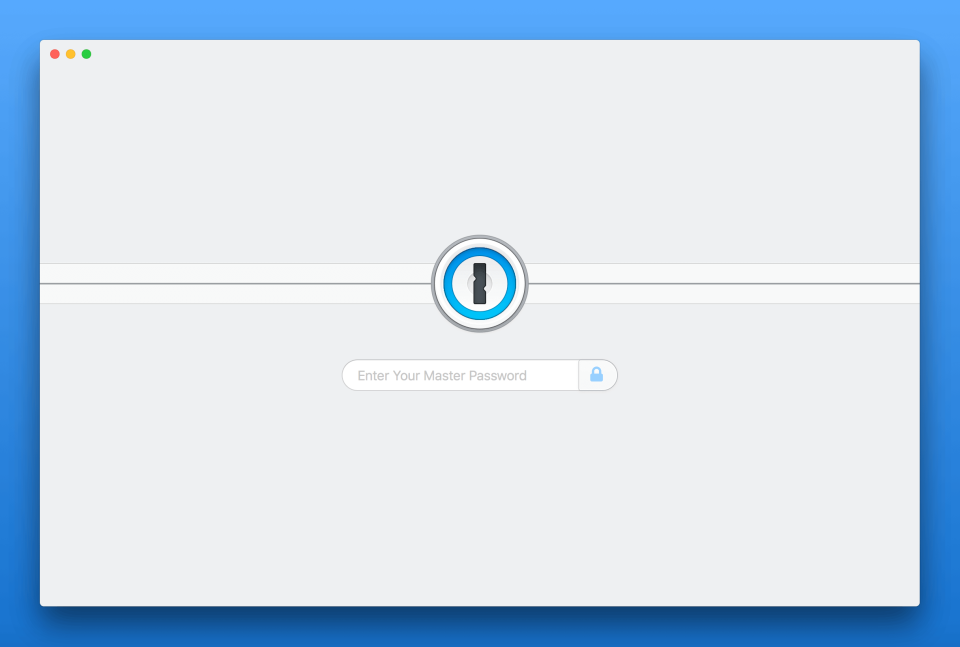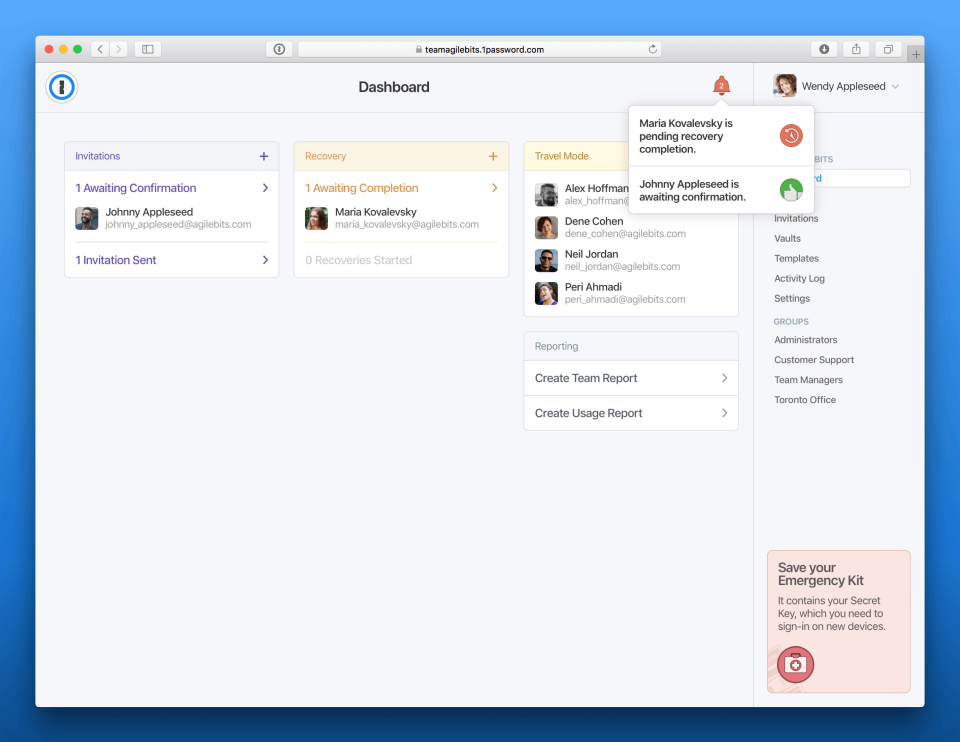

We discuss some of these components in more detail later on in the review. Hackers won’t be able to decrypt your data without your Secret Key. Whereas your Secret Key protects your data sitting on 1Password’s servers. For clarity, Your Master Password is used to protect your data on your devices.

The Secret Key can be likened to a super-strong password. Your Secret Key is 34 letters and numbers (separated by dashes) and works with your Master Password to encrypt your data. Secret Key: In addition to your master password, 1Password uses a secure 128-bit key to keep your data safe.Think of it as taking the precaution to not keep the key to a safe right next to it. Secret master password: Your master password is always stored separately from other passwords and is never sent in an unencrypted format.PBKDF2: Password-Based Key Derivation Function 2, PBKDF2 for short, makes it harder for a hacker to determine your Master Password while making repeated guesses in a brute force attack.These are used only once before being regenerated to re-encrypted data. Secure random numbers: Encryption keys (a random string of information created for scrambling and unscrambling data) and initialization vectors (arbitrary numbers, otherwise known as nonces) are used for data encryption.256-bit AES encryption: Considered to be one of the most secure encryption standards available today.This makes it impossible for someone to learn anything about your sensitive data by intercepting your data while it’s in transit or even sitting on 1Password’s servers. End-to-end encryption: Used on all your devices and in the cloud when you save documents online.1Password’s end-to-end encryption uses six different features to protect your data, and only the user has access to the master password.


 0 kommentar(er)
0 kommentar(er)
